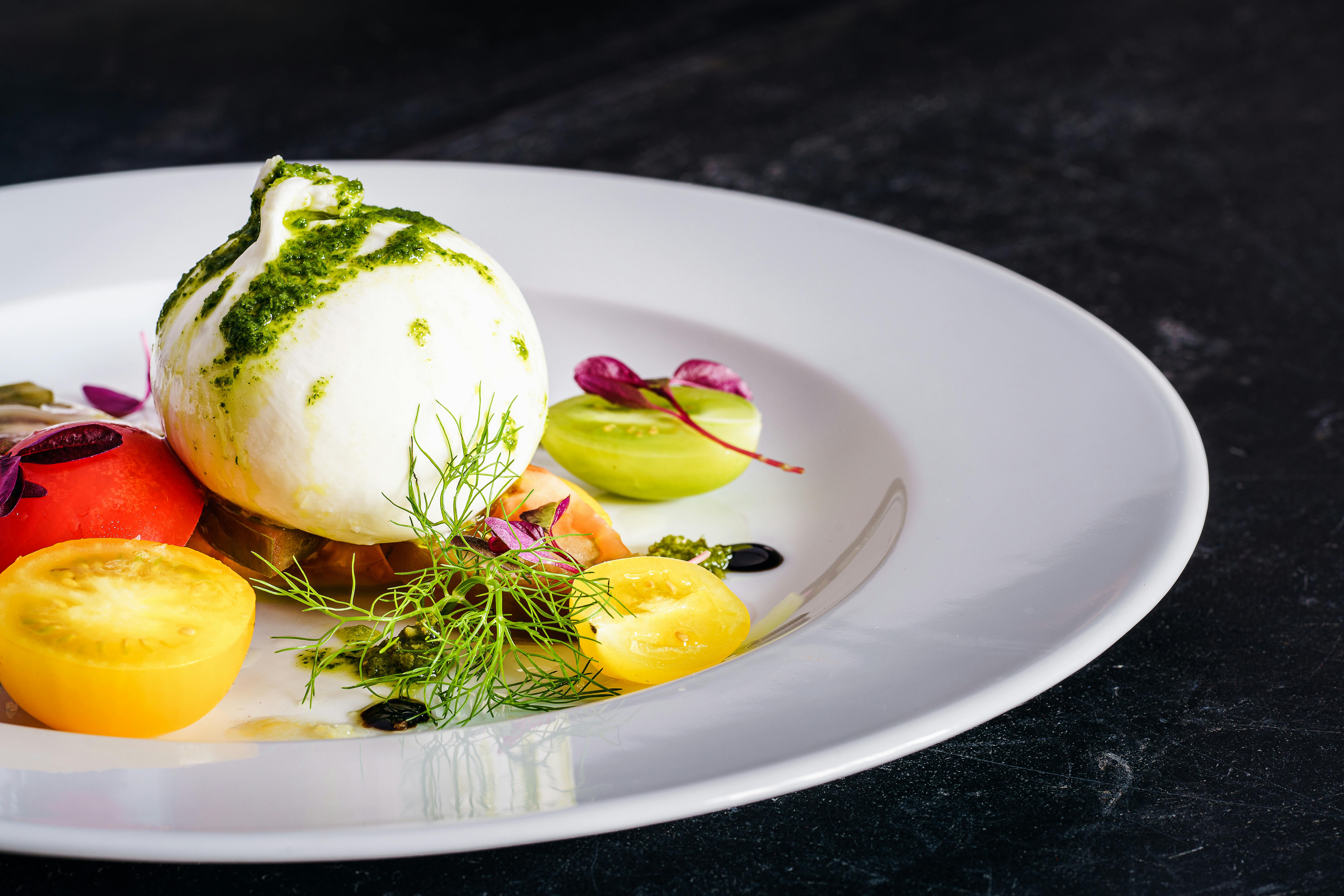“Meet the honorable,
but shun not the dishonored:
accept the world as it is.
If you embrace the world with compassion,
then your virtue will return you to the uncarved block.”
– Daodejing, Chapter 28
In the Taoist creation stories, first there was the Great Nothing, the Void, the Dao. Del Dao cam Wuji. The “uncarved block” in the previous chapter of the Daodejing refers to Wuji. It’s the blank slate. It is sometimes described as the moment just before the Big Bang.
From the void came Wuji symbolized by a circle.
Then with movement came Taiji, or what is more commonly known as Yin/Yang. This symbolizes the complementary aspects of nature. Light and darkness, heat and cold, movement and stillness. Inherent in this is the understanding that each contains the other. Within stillness there is movement, and movement abides within stillness.
And from Taiji came the ten thousand things. In other words, everything that exists.
The Wuji Posture in qigong practice is symbolic of that moment after the Dao emptiness but before the Taiji movement. The stillness that precedes creation.
Here are the points to remember when standing in Wuji:
Feet: Your feet are your connection to the earth. It’s wonderful if you can practice outdoors in bare feet. Depending on the time of year this may not be possible. You don’t want your feet to be cold. So if you have to wear shoes, at least make sure they’re comfortable shoes with flat heels and plenty of room for your toes to spread.
The toes should point forward. It’s a good idea to look down and make sure that’s where they are. Sometimes when we start a body awareness practice, we think we know where everything is, but that’s not necessarily the case. Your feet may feel like they’re pointing straight ahead, but if you look down at them, you’ll be surprised to see that they’re actually pointing to the side.
You will want to shift your weight so that it is more toward the front of your feet. Of course, you don’t want your heels to lift off the floor, but most of your weight should be on the balls of your feet.
There are qigong systems that teach to distribute weight evenly across the entire foot. I suggest trying both instructions and seeing which one you find suitable. You may find that shifting your weight to the front takes the stress off your lower back. The main reason to shift your weight to the front is that your toes are spread apart. As the toe bones extend toward the tips of the soles of the feet, the bubbling well (Yongquan) cavities open up and we can better receive qi from the earth. These are called bubbling wells because qi is constantly welling up from the ground.
Knees: Knees should be slightly bent. It is important that your knees do not go past your toes. As you bend your knees, draw your hips back as if you were preparing to sit in a chair. You should be able to look down and see your toes.
Pelvis: Imagine that your pelvis is a bowl. You don’t want it to lean forward or backward. If your lower back hurts while standing, then most likely the bowl of the pelvis is tilting to spill forward. Try tucking your tailbone in slightly and you will find the right position.
Anal sphincter: Two of the main qi channels (the Government Channel and the Conception Channel) that run through the body are found in the perineum. To prevent qi from escaping at this point, tighten the anal sphincter while simultaneously relaxing the buttocks and perineum. This may seem impossible at first, but you’ll be surprised how quickly you’ll learn how to do it. With practice of course.
Shoulders: Low and relaxed. Not backwards. You are not standing at attention. You don’t want to stick out your chest. The arms hang relaxed at the sides as well.
Head: The crown of the head is the slightly rearward point just before the skull curves downward. Imagine there is a string at this point pulling up. This aligns the head with the top of the spine instead of protruding forward.
Eyes: The eyes are open but the gaze is out of focus.
Tongue: Rest the tongue behind the upper front teeth. The Government and Design Channels are also located at this point. Placing the tongue here seals the connection and completes this circle within the body.
Breathing: Breathe into the abdomen. Allow your body to expand and contract in the abdomen, sides of the body, and lower back. So the whole central area breathes.
Summary: Toes forward and weight shifted to the balls of the feet. Knees slightly bent. Pelvic level. Anal sphincter tight and elevated. Shoulders and arms relaxed. Crown of the head up. Eyes open and relaxed. Tongue behind the upper front teeth. Breathe in the abdomen.
Even the summary sounds complicated! Wuji Stance is harder than it looks and easier than it looks. Stand each day for as long as is comfortable for you, gradually increasing to longer.
The benefits of this practice are numerous. Obviously your legs will get very strong. Qi will start to flow more smoothly, so you will have more energy for the day. In addition, the Wuji Posture will help you form a deep connection with the earth, grounding you and bringing you closer to your body.
